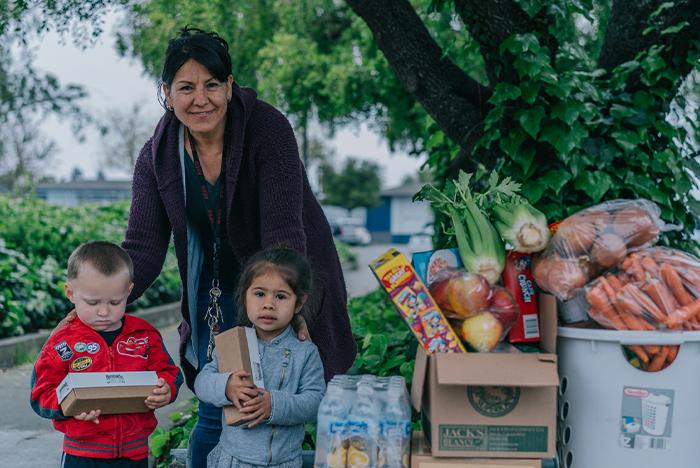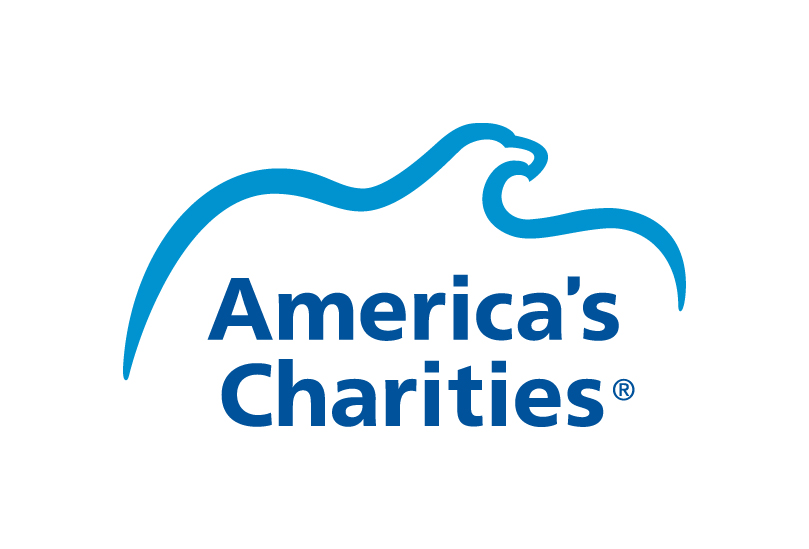Employee Relief Funds Are Just As Necessary Now As They Were One Year Ago at the Height of the Coronavirus Pandemic

We recently released a guide and video recording to help employers start, expand, or outsource their employee assistance fund programs. And it’s free—download it here.
We also took time with America's Charities president and CEO Jim Starr to reflect on how we saw employers and their employees step up to help one another and the community throughout the pandemic in a recent blog post here.
We know that you may not have time to read the full blog post, so we’ll be discussing the core elements of what we learned in bite-size chunks here throughout the next couple weeks.
+++
Since the first pandemic-induced shutdown orders rolled out one year ago, what changes are you seeing in terms of employer interest and need for EAFs and COVID-19-related charitable giving efforts? Are things calming down any?
I don't know if I'd say things are really calming down. After the initial surge of EAF interest last March and April, I'd say there has been consistent ongoing interest in EAFs. I think the pandemic put a very bright spotlight on the precarious financial position many people have been in - both before and during the pandemic. Many companies were already thinking about these programs before COVID. The pandemic basically accelerated their decision-making process. What's interesting - and encouraging - is that while COVID has highlighted the need for EAFs, companies are launching them for a wide range of situations that create a financial hardship; not just due to COVID. This indicates that companies are putting these in place for the long haul, not just as a response to COVID. In fact, a few of our new clients who launched their EAF in December has already put it to use in response to the winter storms that hit Texas in February, providing about $50,000 in grants to help affected employees. So it just goes to show you never know when you will need an EAF or what circumstances will call for it – but having it in place means you'll be ready to help employees immediately when the need arises. That type of commitment and investment from an employer means everything when it comes to employee retention and overall corporate culture.
On the charitable giving side, it has been a bit of a mixed bag. Several employers that had initiated conversations with us about workplace giving in 2020 had to pause those plans, understandably. Now that we are seeing progress with the pandemic and those employers have solid footing again, they have started resuming those discussions with us.
For our clients who already had an employee giving program infrastructure in place, they were able to hit the ground running with their COVID-19 response campaigns. Workplace giving programs are pretty pandemic-proof when you think about it. Since most of the giving takes place online, the question for our clients wasn't if or how to help the community, but rather which charities to support. And for that question, our team was able to lend advice based on our nonprofit expertise, charity alliance, and understanding of each client's special cause focus areas.
For instance, in line with its commitment to making the world healthier, a pharmaceutical company we work with allowed employees charity choice through their matching gift campaign, while also putting a spotlight on charities that help frontline healthcare workers and build capacity for the global response to discovering treatments. Other clients chose to keep their focus on supporting local food banks in their communities, while others chose to do a little bit of everything – addressing immediate needs like hunger, while supporting long term needs and solutions – by matching employee gifts made to America's Charities Coronavirus Respond Fund.
In a time when everyone suddenly felt isolated and overwhelmed, workplace giving campaigns gave employers and employees a way to come together (virtually) and put their compassion and desire to help into action. In addition to generating more than one million dollars in pandemic relief support, those clients were able to leverage those campaigns to drive greater awareness about their giving programs and increase overall employee engagement and results.
Even in cases where our clients faced challenges due to physical distancing policies or not being able to meet in person, America's Charities team was able to get creative and help those clients remodel their practices. For clients who historically relied heavily on paper pledge forms and in-person events where fundraising entails a lot of cash donations, this was an opportunity for America's Charities team to help streamline those processes and even adopt new or complimentary fundraising methods like text to give.
Employee volunteer programs probably faced the biggest challenge of all for clients since a large portion of those volunteer events involved in-person activity. This caused a lot of clients to take a step back and retool their programs so employees who remained interested and dedicated to volunteering throughout the pandemic could do so. One of our clients had been considering how to apply virtual volunteering to their existing volunteer program long before the pandemic but hadn't finished thinking it through. For them, the pandemic was just the spark they needed to get their virtual volunteering program up and running. Since the primary cause their program focuses on is early childhood education, the pandemic caused them to completely halt their volunteer program for a few months while they took the summer to pivot and regroup. By the time school started up again in fall 2020, our client was ready to help. Not only were they able to make much of their in-person volunteerism work in a virtual environment, now they had a way to include employees who hadn't been able to participate in their program before. They were also able to incorporate new components with their program that they previously weren't able to like in-kind gifts.
There's a saying that "If tragedy strikes, don't lose hope. Transform it into an opportunity to make things better." In the face of the pandemic, that's exactly what we saw our clients do through their various charitable giving, matching gifts, volunteering, and employee relief campaigns. And we have continued to see them do so in response to natural disasters and national events addressing social justice and inequities.
+++
Want to read the full article? Click here.

